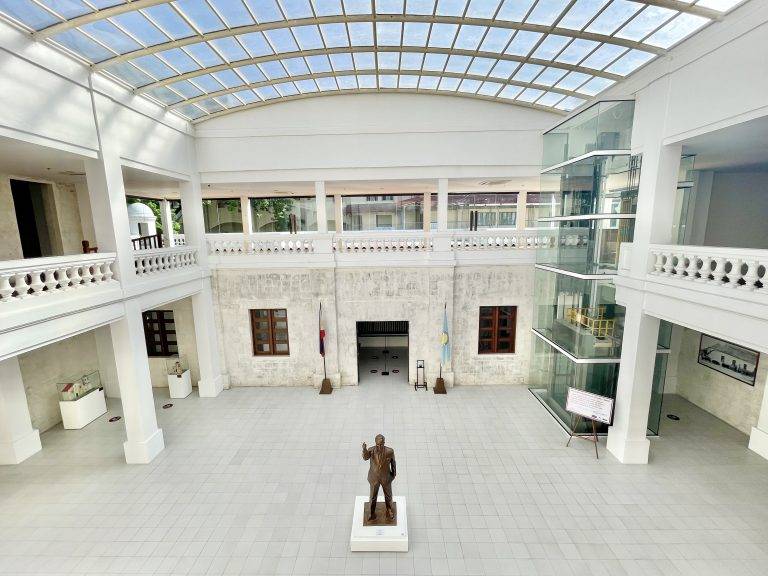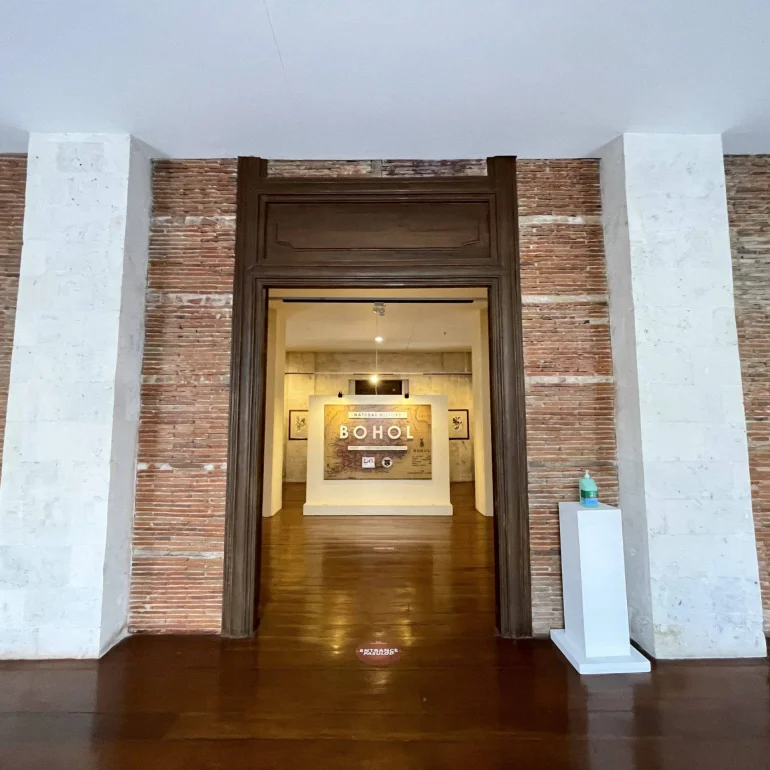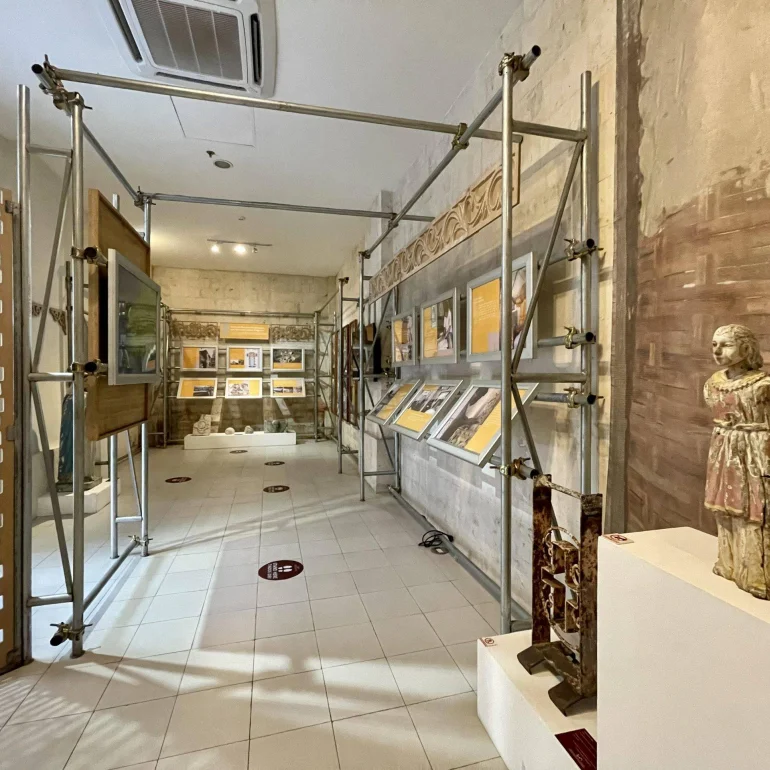NM Bohol Area Museum
The National Museum Bohol is the former Provincial Capitol building, constructed in 1855 to 1860 to serve as a tribunal, prison and military quarters for the Spanish military force. The forces were placed under the command of Captain Guillermo Kirkpatrich, who was named military and political governor of Bohol. The Spanish authorities decided to build the headquarters in Tagbilaran, although it was a smaller town than the former capital of Loboc, because of its good harbor. The proposal to build the tribunal and military quarters was made in 1852.
On December 15, 1854, Don Leon Torralba, who was the gobernadorcillo (mayor) of Tagbilaran, signed an agreement with Kirkpatrich, who was also an engineer, to start the construction of the Plaza del Principe, the Provincial Capitol of Bohol. Construction of the building started in 1855. Built in the traditional Spanish construction of stone and lime, historical records show that the builders used 27,300 bricks, 4,325 cavans of lime, 61,000 roofing tiles, etc. Most of the beams and girders were of “banaba” wood. Molave or tugas was used in the prison cell. The flooring was made of “bangkal” wood.
At present, three gallery exhibitions are open to the public. The Pagpauli Gallery Exhibition is the first major exhibition of National Artist for Sculpture, Napoleon Abueva, in his home province. It is also the most comprehensive collection of the late artist’s artworks on display in the country today. The Pagbanhaw Gallery Exhibition was put up to commemorate the 2013 Bohol Earthquake and its aftermath. The first section of the exhibition talks about the early Boholano ecclesiastical art and architecture and the second part highlights the work of the NMP in rebuilding Bohol’s heritage churches damaged by the earthquake in 2013. The Natural History of Bohol Gallery Exhibition features specimens and a diorama offering a glimpse of Bohol’s geological and paleontological treasures as well as the island’s unique and diverse flora and fauna.


